
19 minute read
4.3.1.1. Chosen Favelas in AP 1 4.3.1.2. Chosen Favelas in AP2 4.3.1.3. Chosen Favelas in AP3 4.3.1.4. Chosen Favelas in AP4 4.3.1.5. Chosen Favelas in AP5 4.4. FAVELA CATEGORIES AND PROPOSALS 4.4.1. Category 1 : Favelas with High Density - Proposal: D2 Method - Verticalization 4.4.2. Category 2 : Favelas with Low Economic Conditions - Proposal: Everybody Wins 4.4.3. Category 3 : Favelas with Low Education Rates - Proposal: City to Learn 4.4.4. Category 4 : Favelas with River - Proposal: Embrace the Water 4.4.5. Category 5 : Favelas with Proximate to Upper Class - Proposal: Break the Borders 4.4.6. Category 6 : Favelas next to Infrastructure - Proposal: Make it for Pedestrians
4.4 FAVELA CATEGORIES AND PROPOSALS
4.4.1 Cathegory 1 : Favelas with High Density Another important effect that high density of favelas ckly. Moreover, due to the high density, sunlight causes is the inadequate space for greenary. WhiFavelas are settlements naturally with high density. le green areas hold an crucial role for the environDue to the lack of adequate land and high number of ment, at the same time it has many positive effects population, the built areas required to be too dense. on humans. Firstly, they provide shelter for extreme However, high density of favelas have several imporsun and rain, which is important in a climate like Rio tant problems for the public, as well as for individuals. de Janeiro. Secondly, greenary areas create environIn favelas, the houses and other buildings are very community. They contribute to biodiversity since close to each other that fresh air cannot circulathey can host many different species. However, the te properly. While it causes many diseases, at the serious amount of built environment prevents all same time it helps the spread of disease very quithese possible benefits. ments for relaxation, socializing and integration in cannot reach the interior of the houses and inhabiAmong the 25 favelas chosen for this work, 4 of tants cannot benefit from daylight. In addition, the them shows extreme density. Especially Planning sunlight provides human with vitamin D, and is very Area 3 (AP3) is richer in terms of high density of faimportant for children's cognitive and physical devevelas. AP5 does not have many favelas with extreme lopment. High density of favelas also prevents pedensity, since that region is pretty far from the center ople to get enough sunlight for their bodies' health. and is not preferred in the way that other favelas are prefered due to the closeness to work places. RocinHigh density of built area is harmful also for the ha, one of the most known and crowded favela has environment. The materials used in building density of 0.082 person/m2. It is the highest density construction affects the environment significantin AP2 region. In north side, Jacarezinho and Nova ly. Construction materials which is used in buHolanda in Mare shows high density with 0.080 and ildings are produced in non-sustainable way. 0.088 respectively. Last but not least, in planning reThe factories that make the materials produce gion 4 (AP4) Favela Rio das Pedras has the highest damaging CO2 emissions (bosscontrols.com). density with 0.095 person/m2.
Advertisement
Proposal for Cathegory 1 : D2 - Go High
Due to high density, it is also impossible to create new living spaces, environments and areas for different activities. In order to decrease the density and at the same time provide favela residents with new spaces for several aims, D2 - Decreasing Density method is proposed. In this method, the buildings adjacent to each other are planned to be reorganized and put on top of each other. The ones are stronger and better condition in terms of structure are planned to stay and the ones are more deteriorated will be built on top of the durable ones. It is generally possible to go high on the top of favela and new floors, because favela residents usually do not built roof in order not to block the possibility to add new floors. Therefore, this can be used as an advantage to decrease the density, and use the empty areas for greenary, open air activities and most importantly air and sunlight circulation. In addition, new roofs can be turned into green roofs to use also the roofs as small public spaces for socializing and open air activities, more private for the building residents. Most of the favelas with high density located in the slopes, so the rooftops can also have a clear view which can provide better atmosphere opportunities.
Figure 4.66 Representation of existing elevation of favelas
D2 Method - Verticalization
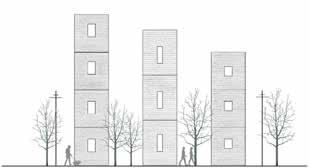
Figure 4.67 Representation of D2 - Verticalization method
Figure 4.68 General view of favela before D2 - Verticalization method

Figure 4.69.General view of favela after D2 - Verticalization method

4.4.2 Cathegory 2 :
Favelas with Low Economic Conditions
Favelas were formed more than a century ago due to the lack of affordable housing. Today, people still occupy the lands to build their own shelters and living spaces due to the expansive residentials and life cost in the affluent areas of the city. This already implies the low economic conditions of the favelas, however, there are some favelas which have even worse economic struggles than other favelas.
One of the main reason why Rio de Janeiro is such a segregated and high level of inequality exists in the city is that existence of the two edge of economic conditions in the society. While favela residents suffer from poverty or maintain their lives with very low incomes, the formal city residents have luxury lives. Therefore, financial situation creates the gap among different societies. Huge difference of economic situation creates also social problems in the society. As the income level gets lower, education rates also decrease and it again lowers down the income level. This continious loop increases the number of illegal and violent gangs, which is formed due to the low educational levels and lack of adequate income. Existence of such organisLow income
Low education
Low income
Illegal Activities
ms threatens the safety and peace of the society. It turns the neighbourhoods into areas hesitated to go and causes many inhabitants anxious and nervous about the place they live in. Developing economic activities and create new opportunities to different sectors provide certain amount of job opportunities to unemployed people and discouraged them to do
illegal activities in order to earn money. The favelas located in AP1 and AP4 are in better economic situation comparing to the other favelas. Among 25 favelas chosen for this work, 100% of AP3 favelas are on the list of low economic condition. AP1and AP4 have 1 favela for each on the list, while AP2 and AP5 have 4 of their favelas on the list of low economic condition.
Proposal for Cathegory 2 : Everybody Wins
Public spaces have many advantages for the economy of the region it is located. Both its existence, as well as its quality has significant positive effects on the values of land and properties around it. Public spaces must be seen as catalysts for the economic improvement in the urban context. While they contribute to the variety of spaces in the city, it also has potential to generate income. A well managed public space can trigger consumption and enliven the economy. Also it improves the security and perception of the society towards that neighbourhood. Not only inhabitants but also local governments can gain significant financial advance by investing public space since they increases the quality, attractiveness and desirability of the areas they are located. In addition, public spaces increase the possibility of public markets which provide opportunities for small and medium enterprises to get active in urban economy (www.uclg-planning.org/).
Nowadays, interesting designs in public spaces or well designed public spaces are attracted by social media lovers as well. Popularity of spaces on social media take the attentions of many people to visit, therefore public spaces also have potential to attrack tourists and contribute to local economy, by providing aesthetic, leisure, sports and cultural areas.

Figure 4.70 Contributions of Public Spaces to local economy. Sketch Source: https://www.uclg-planning.org/public-space-driver-urban-economics
Figure 4.71. One of the rare empty spaces in favelas - Favela Vila Mangueiral AP5
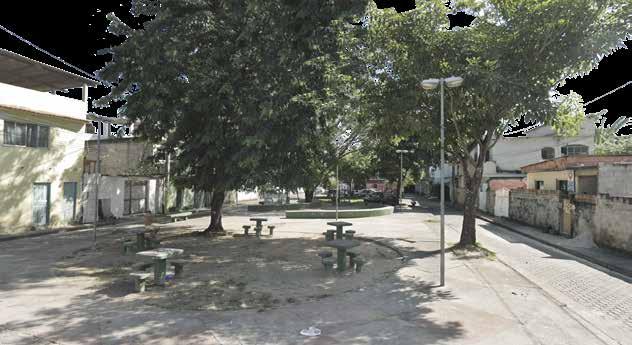

Figure 4.72. Transformation of the space into public space for economic activities

4.4.3 Cathegory 3 :
Favelas with Low Education Rates
Education is one of the key elements that shape people's lives. It is prior determinant on the economic situation, status in society and quality of the life standarts. Favelas have been exposed to constant disadvantages in terms of opportunities and discrimination in the society and one of the main reason lays down in the root of the problem is the low rates of education. According to the news of the Borgen Magazine, approximately 1/4 of the population of Rio de Janeiro lives in favelas and people living in favelas tend to have low education, including lower rates of literacy, age-grade disparities and higher dropout rates than the rest of the country.
As it was mentioned in the previous part, economic situation and education level trigger each other. As people get uneducated, they tend to have low incomes in the future and as people have low incomes, they tend to have low education rates and the amount of drop-outs increase. Moreover, education is the first factor that prevents young generation to get involve illegal activities such as narcotics and drug trafficking which is pretty common in the favelas. Therefore, as education level rises in the society, illegalities, violence and poverty reduce prominently. Borgen Magazine states that “Children of the street“, the name given to the young people growing up in favelas, have little to no access to public or private education, because more 50 percent of people living in Favelas are unemployed. Therefore, child workers, far more in demand for menial jobs, earn for their households instead of going to school. A 1995 survey of households in Brazil reported that almost five million children between the ages of 10 and 14 were working. In addition to that, the violent environment they are raising have possibility to create traumas and it contributes to their inability to learn. In a society where there is poverty, gun-fights and narchotic illegal activities related to violence and domestic abuse, it is inevitable that children stay away from the school.
Preschool education is also very important for the children's physical and cognitive development. The imagination and abilities of children can be improved very fast in that time of their lives. Moreover, the human relationship and interaction is educated and developed in kindergardens. The places children grow also quite effective in their education. Design of spaces contribute their personality positively or negatively. Therefore, children-friendly spaces are quite important for their cognitive development and social interactions.
Proposal for Cathegory 3 : City to Learn
Proposal for low education rates is to design and use the public areas for children and teenagers' cognitive and social development, as well as raising their success levels at schools and reduce their absenteeism and drop out rates.
First of all, the open areas which allow the young children enjoy their times, make friends and as well as contribute to their brain development and imagination is essential. For example, creating public areas for children with painting walls and brain teasers which can strech their imagination and develop their intelligence is one of the main aim of this proposal. Secondly, in order to increase the attendace rates to schools and success rates at schools, "after school" activities are planned to take place in multi-functional public spaces. In after school program, students can meet with their volunteer advisors to ask the topics they do not understand at school, do their homeworks there to make sure they always have help in case they have troubles while doing it and socialize with their peers at the same time.
The education should not be considered only for children and teenagers, but also for adults. The majority of the illiterate people in favelas are in the aged between 40 and 49. The places allocated for after school activities for elementary and high school students can be used for different educational programs also for adults, especially women who do not work. It is also crucial for women to have more independency, self confidence and help them to find job easier and become financially self-supporting. The educators can be from inside the favela, as well as from the formal city in order to increase the integration between favela residents and outside the favela.
12
9 MULTI-FUNCTIONAL PUBLIC SPACE

3
6
Literacy course for adults Vocational course for women
After school activities for children Teenage integration program
Figure 4.73. Diagram shows daily usage of multifunctional public space
Figure 4.74 Interior of Santa Marta favela

Figure 4.75 Organizing the space for educational playing area for children

4.4.4 Cathegory 4 : Favelas with River
Rio de Janeiro has many rivers, canals and lakes in the urban context since it is located next to the Atlantic Ocean. Some of the favelas have borders with these canals, however, they are not integrated into the favela life. Most of the riverside is highly deteriorated, abandoned and very dirty. This situation increases the possible disease that water can spread to the community, as well as it is a thread to the environment and different species, especially ones live in the water.
Favelas are suffering from the lack of social spaces, qualified areas and places for integration. Due to the high density of residential shelters and also lack of opportunities, there is no enough area for qualified social places. Canals and riversides can benefit from this opportunity and use these areas as socializing points, as well as to increase the livability and desirability of spaces.
While increasing the social interaction points, also economic activities can locate and develop in these areas due to the increased number of visitors. Restaurants, cafes or kiosk would work well in the points where meetings, gatherings and attractions locate. Among the chosen favelas in this work, the majority of the favelas next to river is located in planning area 3 (AP3), north side of the city. Also planning area 4 and 5 have 3 favelas with rivers on the list. There is 1 favela with river from AP 1 and no favela from planning region 2. The usage and integration of these rivers into the favelas would increase the social life, desirability and life quality in these areas.

Figure 4.76 Favela Canal das Tachas is located on the edge of a canal

Figure 4.77 Favela Canal do Cortado is located on the edge of a canal
Proposal for Cathegory 4 : Embrace the Water
Proposal for the favelas with river is to embrace the water into the urban context. Public spaces are being used as a catalyst to increase life quality and conditions of favelas in this project, and in this step, public spaces with water will revive the social life in favelas.It is aimed to be not only as an open space but also as an area where people can socialize, gather and experience the water. Integration of water into the public spaces are important and useful, because humans are attracted to water naturally. Acording to International Water Association, existence of the water in public spaces does not function as decorative elements only, but they turn the spaces into ideal meeting and relaxation points. Due to the natural attractions of people towards water, they tend to gather and use the spaces around water.
IWA also states that "sustainable solutions for urban design must include water elements at different scales, even to the point of affecting urban microclimates. A stream or a wetland can reduce the heat island effect, improve air quality and enhance local biodiversity. As a consequence, the city can be more livable and attractive to people and businesses." Therefore, existence and integration of water element in public spaces does not only contribute to social life, but also helps to attract local businesses and raise the economic condition of locals.
While upgrading the riverside and allow it to be used by community, it would also attract the visitors outside the neighbourhood. Due to the increase of the number of visitors, local economies such as restaurants, bars, cafes, shopping centers or kiosks would benefit from this increase and an income raise of these businesses would be expected.
Figure 4.78 Proposed activities around the canal
Figure 4.79 Favela with river inside
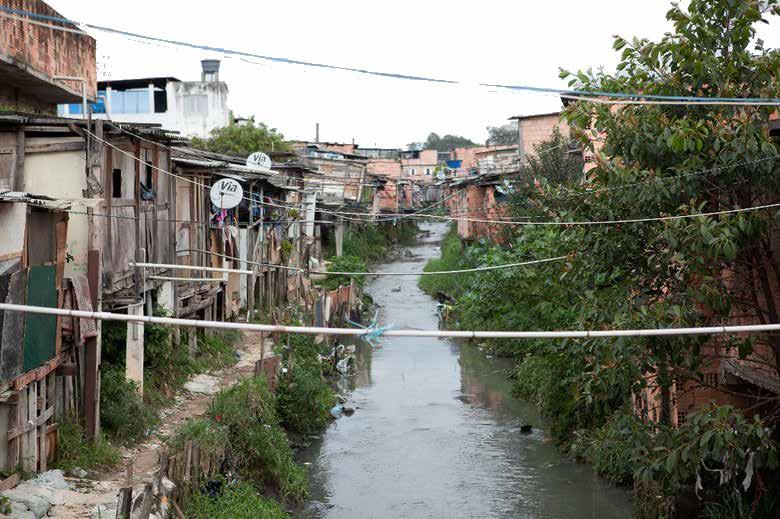
Figure 4.80 Revitalization of the river with economic activities
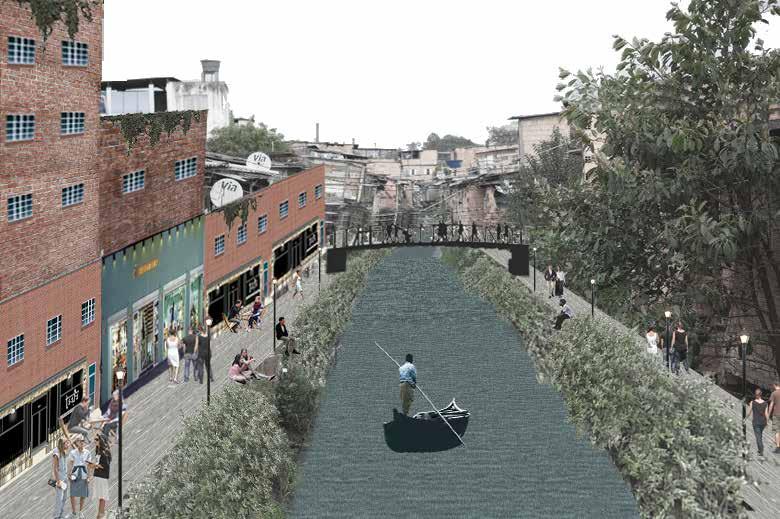
4.4.5 Cathegory 5 :
Favelas Proximate to Upper-Class
Segregation and inequality are some of the main problems of Rio de Janeiro. The gap between rich and poor is so high that urban context is divided according to people's economic situation. This leads to a nonunified society where violence and illegality are dominant issues. In order to handle this situation, the facilities and opportunities must be closer to each other as much as possible so that integration in the society becomes easier.
As it is seen on the right hand side, there are many examples of the visible distinction between the private villas and favelas in the urban context. Although these areas are pretty close to each other, sometimes just the back street, there is not any interaction, physical connection or common area between these places. In addition, the interior condition and physical environment is also pretty different from each other due to the economic condition differences. While favelas density is pretty high and almost no empty space to build, private villas or residential gated communities have many social open spaces which allow them not to build their complex for any of needs. However, this situation leads a fragmented and ununified segregated urban context.
Figure 4.81 Favela in Copacabana and upper class


Figure 4.82 Rocinha favela and its neighbours private villas
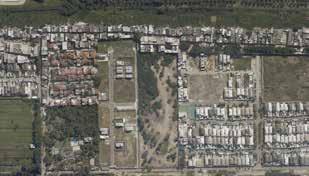
Figure 4.83 Favela and gated communities in AP4
Proposal for Cathegory 5 : Break the Borders
Residential segregation is one of the main issues in Rio de Janeiro. Proposal for favelas adjacent to high strata aims to create public spaces which can increase the integration between favela and formal city. Possible locations are determined as the areas between favelas and private villas/gated communities to function as a habitable bridge. The areas which allows open air workshops and interactive activities are proposed to increase the common actions between 2 different society such as dance classes, painting activities, gardening etc. which favela residents can teach to formal city residents or vice versa to create a sense of belonging.
Possible Integration Point

Private Villas Private Villas
Favela Rocinha
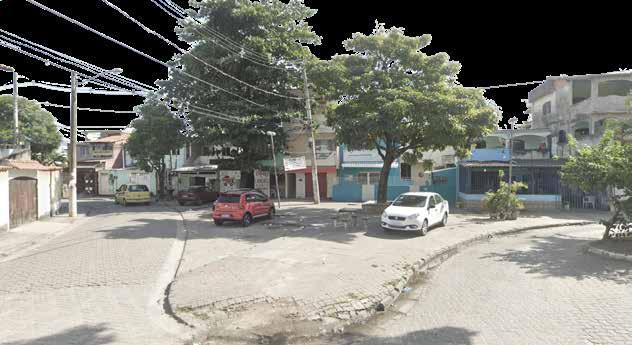
Figure 4.85 A lost space between favela and private villas

Figure 4.86 Transformation of the space into an integration point for favela and villa residents
4.4.6 Cathegory 6 :
Favelas next to Infrastructure
Rio de Janeiro is a city which consists of many heavy infrastructure. Most of the favelas are located close to or very next to these infrastructure such as highways, railways or car bridges. Although it seems as an advantage for transportation, it also makes the favelas less pedestrian friendly and act as a border between favela and formal city. It blocks the access of favelas with the city and it makes the favelas even more isolated. On the right hand side, first map shows the Favela Parque Proletario de Vigario Geral. The west side of the favela is bordered with first a layer of wall, a railway and after finally a highway. East side has already river, therefore, favela is totally isolated from the city. Moreover, second picture shows the Favela Parque Unidos which has a main road divides the favela into two sides diagonally. Last picture shows the favela Vila do Vintem in AP5 region next to interurban highway. This highway passes through many favelas in AP5. In addition, the areas with heavy infrastructure makes the spaces less safe and undesireable to go and spend time. They usually host illegal activities and people do not prefer to go. In order to make spaces allow the pedestrian priority and make them more desirable and livable, the side effects of these infrastructures should be minimized.
Figure 4.87 Favela Parque Proletario de Vigario Geral bordered with highway and railway

Figure 4.88 Favela Parque Unidos with highway dividing favela diagonally
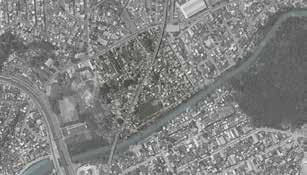
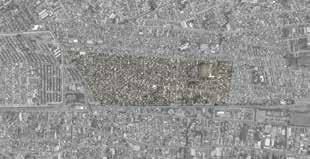
Figure 4.89 Favela Vila do Vintem located next to the highway
Proposal for Cathegory 6 : Make It for Pedestrians
Proposal for Favelas with Infrastructure aims to decrease the negative effects of infrastructures in favelas and make them more pedestrian friendly areas. Although it is a cathegory full of favelas with infrastructures, there are also many different characteristics of those favelas. Some favelas are bordered with infrastructures which isolates them from the rest of the city such as Favela Parque Proletario de Vigario Geral, some others create unfriendly environments for pedestrians. For the first one, habitable bridges are considered in order to increase the connection between favelas and the rest of the city, as well as carry some of the commercial and economic activities towards favela thanks to the bridges. Secondly, slowing down some of the infrastructures inside the favela and make them more pedestrian friendly by changing the pavements, ground floor functions as well as adding some urban furnitures is other proposal for the favelas which infrastructures inside. This way, it is aimed to increase both social interaction by creating more livable public spaces, decreasing the negative effects of infrastructures and enliven the economy by proposing different commercial ground floor functions such as cafe, bar, restaurant or other public functions like bank, post office or pharmacies.
Infrastructures which isolate favela from the formal city
Infrastructures pass through favelas and divide them
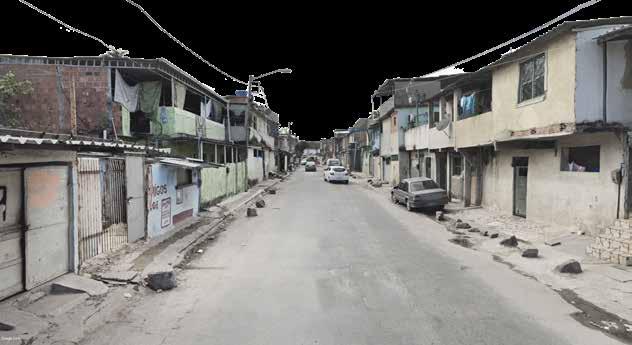
Figure 4.90 One of the main roads in favela Parque Unidos
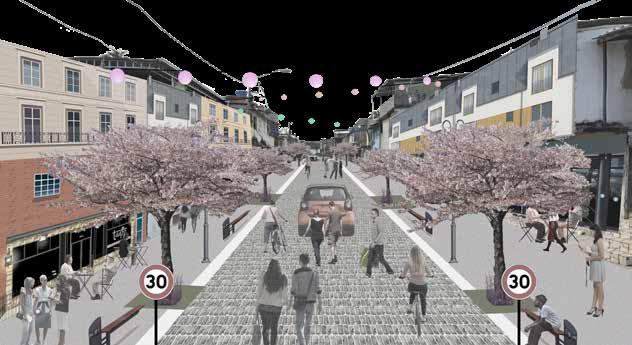
Figure 4.91 Transformation of the infrastructure to "Zona 30" to make it more pedestrian friendly





